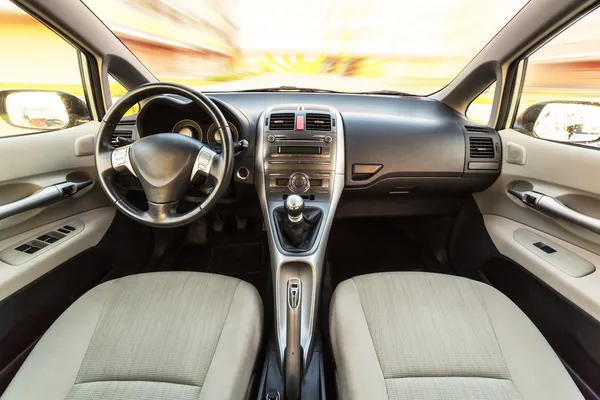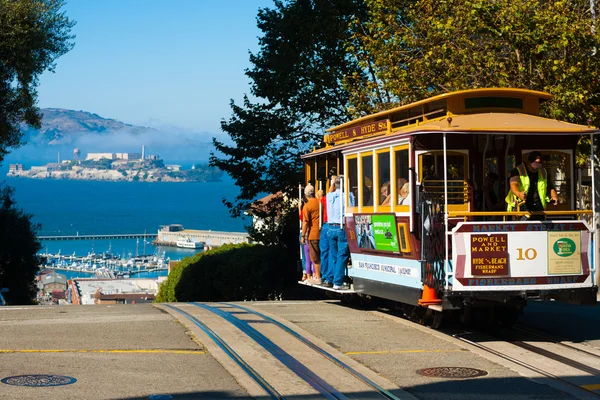Nigeria
Have you already think about a no driver taxi?
The autonomous driving industry has shifted towards recalibration with a focus on advanced driver assistance systems rather than private self-driving cars. Although autonomous taxi services are being tested, there are concerns about financial sustainability due to the continued requirement for behind-the-scenes labour and the cost of empty taxis.
Advertisement

The time is well past midnight and the street is quiet in San Francisco. As I step out of the taxi, I have a nagging feeling that I didn’t close the door properly.
As I step out of the Cruise robotaxi on a quiet residential street in San Francisco after midnight, a nagging feeling sets in. Did I close the door properly? But this isn’t a regular ride; there’s no human driver to double-check. I turn back and realize that the door was not fully shut. Suddenly, a voice from the speaker speaks up, assuring me that everything is okay. I can’t help but wonder, what if I hadn’t noticed? But the voice reassures me that they would have taken care of it.
It’s a strange feeling to be in a driverless robotaxi service now available to the public on the bustling streets of San Francisco, although in limited form.
The competition in the driverless robotaxi industry is heating up, with Cruise, a subsidiary of GM, vying with Waymo, owned by Alphabet, Google’s parent company. Cruise launched its public service last June and charges slightly less than industry giants Uber and Lyft.
During my rides in both company’s cars through the bustling streets of San Francisco, I watched as the steering wheels turned on their own, while the driver’s seats remained empty. The vehicles were controlled by artificial intelligence, which uses data from camera, Lidar, and radar systems.
For the most part, the rides were smooth, and the cars seemed respectful of cyclists and pedestrians. However, at times, the driving seemed both more and less cautious than when I’m behind the wheel. I was perplexed by the circuitous routes that the cars sometimes took.
The novelty of the technology attracted attention from passersby, who stopped to gawk, take photographs and engage in conversations.

The smooth and respectful rides I experienced in autonomous cars by Cruise and Waymo were accompanied by concerns raised by city officials, particularly regarding unexpected and potentially hazardous stopping. As a result, the city asked state regulators to hold off on approving expansions until the issues were addressed. Currently, both companies’ services only cover parts of San Francisco and neither serves downtown, but they aim to add more vehicles and expand their coverage. Cruise also hopes to run its service during the daytime, as it is currently limited to between 22:00 and 05:30. Waymo, on the other hand, awaits permission to charge for its driverless rides and is allowed to operate around the clock. To take a Waymo or Cruise taxi, members of the public must currently join a waiting list, although the companies continue to run testing programs where rides are free for selected participants.
While driverless ride-hail services are expanding to other cities such as Phoenix (both Waymo and Cruise) and Austin (Cruise), there are doubts about whether autonomous taxis can be profitable in the long run. Although these companies are spending heavily to eliminate the cost of low-paid drivers, operations are still far from being human-free. This was evidenced by the fact that the Cruise robotaxi’s door had to be shut properly by a person, as confirmed by a company spokesperson.
Ashley Nunes, a researcher at Harvard Law School, calls the economics of the autonomous taxi business model “fanciful”. Meanwhile, William Riggs, an associate professor at the University of San Francisco School of Management, who leads its Autonomous Vehicles and the City Initiative, highlights that getting the business model right will be “crucial” and could be “even harder than the technology”.
Other companies such as Motional, backed by Hyundai and with partnerships with Uber and Lyft, are also planning to offer limited driverless services, such as in Las Vegas later this year. However, there are still concerns about the safety and profitability of these autonomous taxis as they scale up to serve more passengers and cover more locations.
Autonomous driving has experienced a shift in perspective over the last year or so, with traditional car companies now diverting their focus to advanced driver assistance systems rather than private self-driving cars. Meanwhile, autonomous ride-hailing firms Cruise and Waymo are continuing their pursuit of profitable operations, even with doubts over the economic sustainability of autonomous taxis. Research has shown that automation doesn’t completely eliminate the need for human labour, with support agents, engineers and fleet operators still required. Additionally, there is a significant amount of time when taxis are empty, during which time those behind the scenes still need to be paid. Nonetheless, Cruise and Waymo remain confident in their ability to scale up their operations and turn a profit.
You may also like

Fidelity Credit Card: Learn more about
Enjoy a whole new level of convenience with the Fidelity Credit Card - easily manage your finances and track your spending.
Keep Reading



